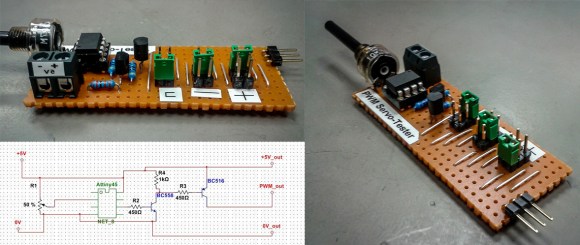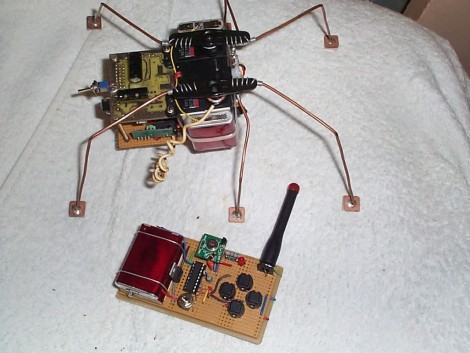[wattnotions] has been playing with matches, well the box they come in anyway. One day he was letting synapses fire unsupervised, and wondered if he could build a robot inside of a matchbox. His first prototype was a coin lithium battery and scrounged motors from those 3 US Dollar servos you can buy by the dozen. It scooted around just fine, but it drained the battery instantly and was a little boring.
Next, he etched a board. It had a little PIC micro, a connector for a mini LiPo, and an H bridge. It fired up just fine, and even though it drained the battery way too fast, at least it wasn’t brainless anymore. In our experience, robots tend to discard all the useful data they collect anyway, so being blind wasn’t too much of a problem.
Inspired and encouraged, with synapses gloriously undeterred, [wattnotions] set out to make a version 2. This time he ordered a board from OSHPark, made a 3D model in SketchUp, and proceeded to lock himself out from his own chip. Without a high voltage programmerhe was out of luck. The development was unfortunately put on hold.
It was fun to read along with [wattnotions] as he went on a small robot adventure. We hope he’ll complete a version 3 and have a swarm of the little fellows scooting around.
















